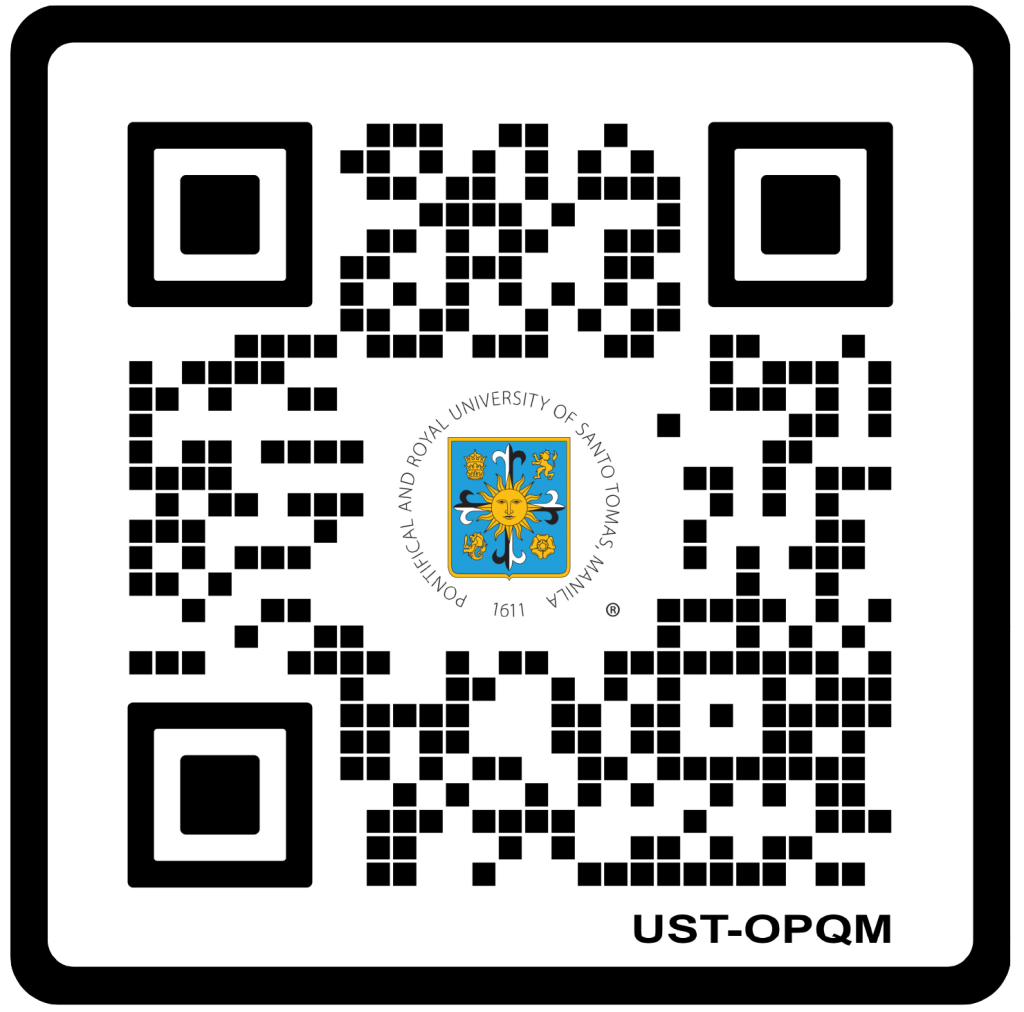A team of researchers from the University of Santo Tomas worked in collaboration with researchers from the Shanghai Jiao Tong University in China to create computational models to screen compounds found in SARS-CoV2, which causes the COVID-19 pandemic.
The team’s aim was to find potential drug candidates to combat SARS-CoV2. The study focused on the exploitation of fungal secondary metabolites with profound antiviral activity on a range of known pathogenic viruses such as the human immunodeficiency virus, influenza virus, herpes simplex virus, and hepatitis C virus – as potential drug prototypes against the SARS-CoV2 virus.
Prof. Allan Patrick G. Macabeo, Dr. rer. nat., led the UST contingent, composed of Mark Andrew O. Mendoza, Justin Allen K. Lim, Jehiel Karsten H. Ong, and Luis Agustin E. Pilapil (Research Center for the Natural and Applied Sciences); Kin Israel R. Notarte, Adriel M. Pastrana, and Rey Arturo Fernandez (Faculty of Medicine and Surgery); Mark Tristan J. Quimque and Rhenz Alfred D. Liman (Graduate School). Joining them from Shanghai were Abbas Khan and Dong-Qing Wei.
Citing the fact that nearly half a million have died of COVID-19 “because of complications and lack of therapeutic regimens,” Macabeo said the team was inspired to perform a “computational-driven research that enabled the screening of compounds previously obtained from fungi against enzymes/protein playing important role on viral infectivity and virulence of SARS-CoV2.”
Through bioinformatics and computational modelling, the researchers were able to identify compounds that can potentially hamper the attachment, replication, protein maturation and even host immunity evasion potential of SARS-CoV2. These viral mechanisms, according to Macabeo, are important virulent factors that ascertain the successful invasion and infectivity of the said virus. Furthermore, if researchers “can inhibit the enzymes and proteins essential for these mechanisms to happen, then [they] might be able to shut down the infectivity and pathogenicity of SARS-CoV2.”
Macabeo and his fellow researchers “were able to fish out compounds from the antifungal library pool with promising anti-COVID properties under virtual conditions.” Through molecular docking, molecular dynamics simulations, and pharmacokinetic analysis, they point to the “in vitro and in vivo promise of these compounds for the discovery and development of anti-COVID drugs.”
Specifically, they found “five compounds with promising anti-COVID properties in silico. Of note, quinadoline B, a fungal-derived natural product, was found to inhibit all five target proteins and enzymes in SARS-CoV2. Given the promising activity of quinadoline B, this prompted us to do a further study, particularly doing structural iterations of this compound to improve its antiviral and pharmacokinetic properties.”
The project was a collaboration between Thomasian scientists and experts from Shanghai Jiao Tong University in China. For this particular project, Chinese collaborators helped in performing molecular dynamics simulations for the lead compounds that the Thomasians identified through molecular docking and in silico ADMET profiling. The computer-assisted technologies provided by the Shanghai researchers helped validate the in silico results.
At present, the study remains to be “one of the few computational studies that primarily tested secondary metabolites from fungi against SARS-CoV2.”






